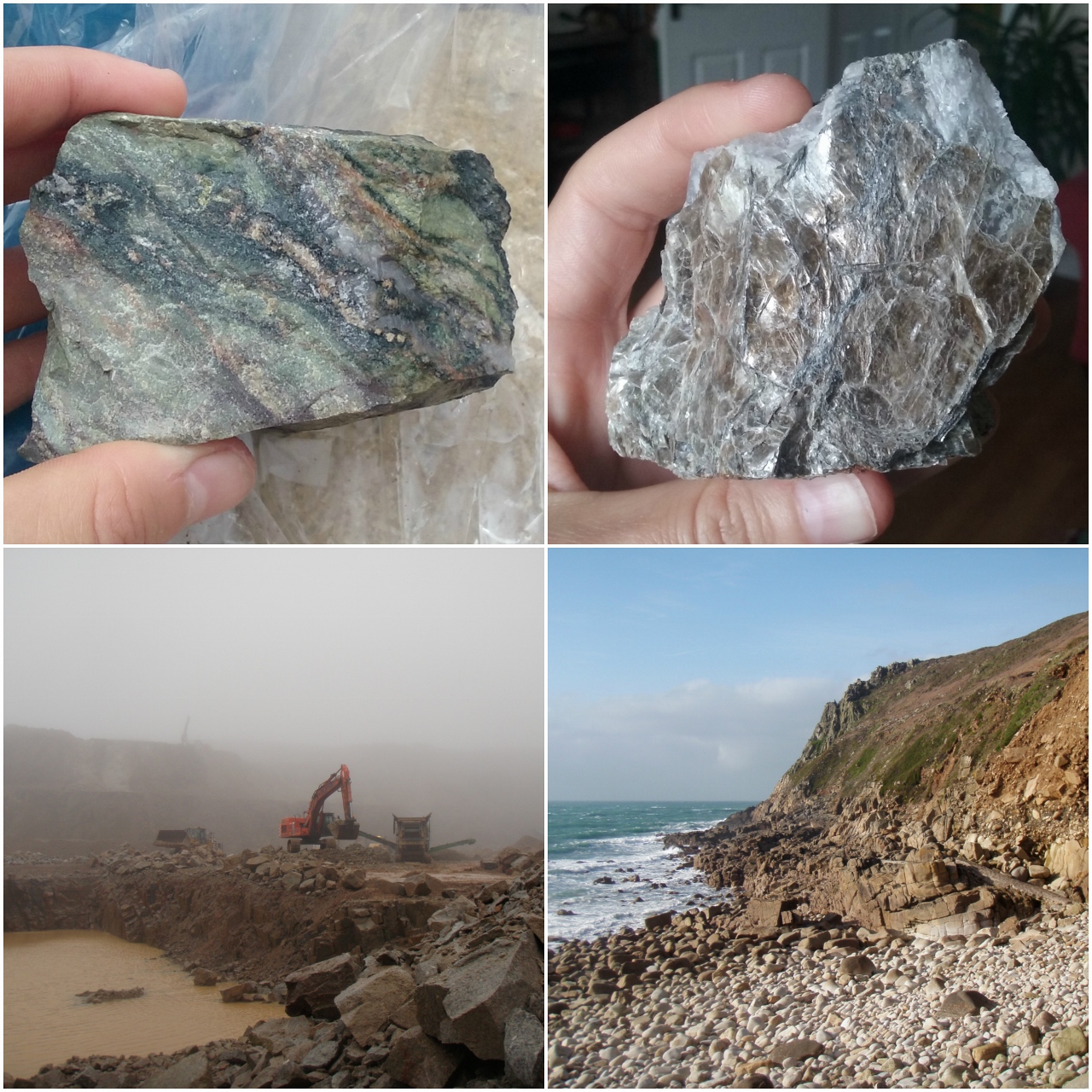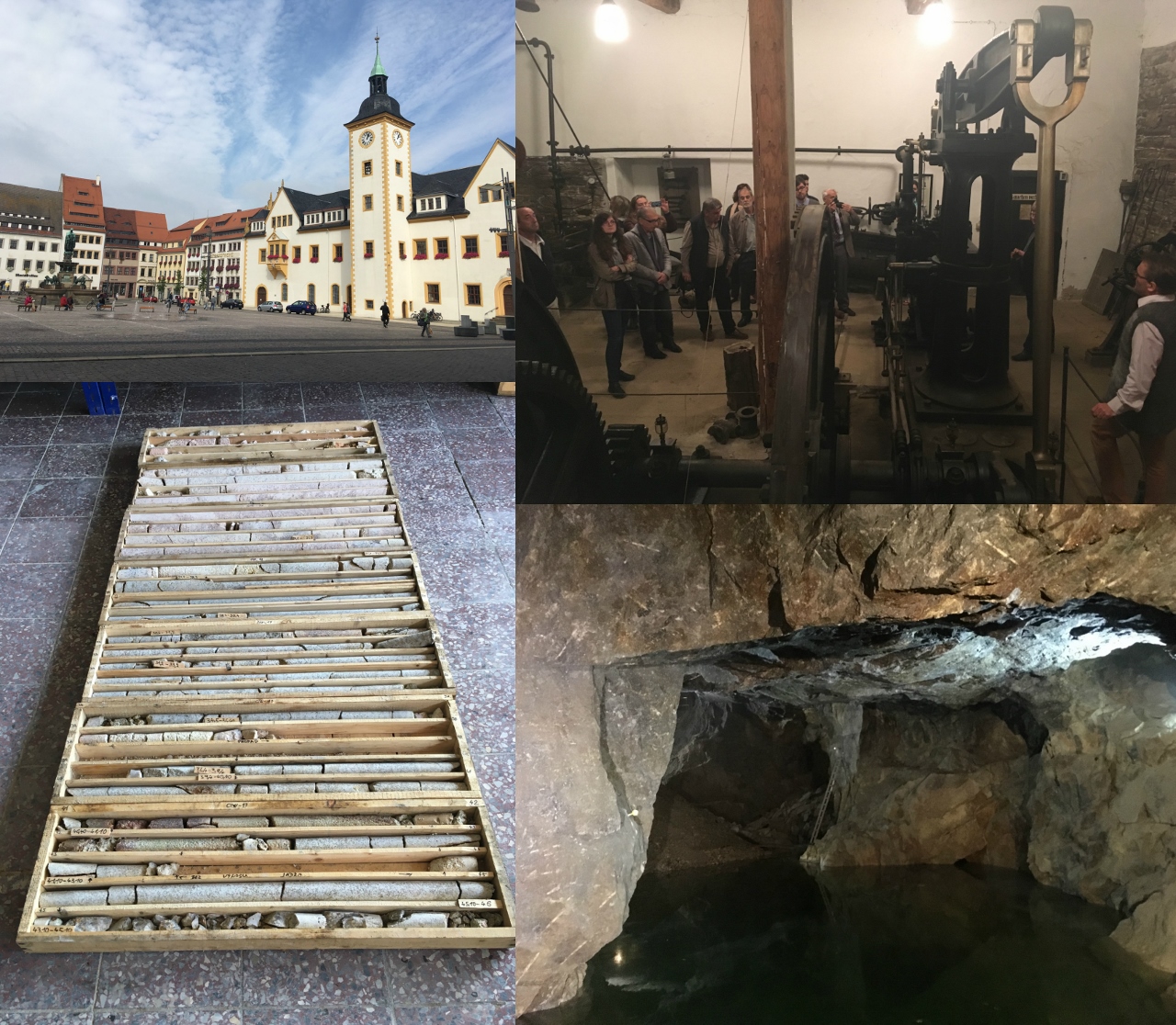Originally published on allaboutgranite.wordpress.com (previous blog) on the 10th December 2016.
At the start of 2016 I was three months back into academia after working at a consultancy and enjoying working on the various reference sites for the FAME project (project website here). The project aims to develop flexible, modular mineral processing technology solutions for granite-related ore deposits (skarn, pegmatite, greisen) that are mineralogically complex whilst containing resources important for the EU. On this project, I’m really a geometallurgist, providing information on the mineralogical variability of our reference deposits to the other project partners. It’s been great to get my hands on samples from some really interesting deposits, particularly a selection of samples from a pegmatite field in Finland, and a super mineralogically complex skarn from Germany.
Another perk of being back in the research world is that it has given me the time to work on my papers and give them my full attention (no attempting to write them in the evening after working all day!). My first paper from my PhD was submitted back in February, luckily had favourable reviews and was accepted in May (here – £). I was shocked to receive nice emails from European colleagues complementing me on the publication, the granite world is very lovely! It’s also been great to get back out in the field. Back in March, a visiting researcher and colleagues from work got out and about visiting various localities around the coast of Cornwall, looking at granite textures and contacts in the field. We also visited the Castle-an-Dinas granite quarry, to look at the granite mineralogy and variation within the pit there.

April was an incredibly busy month, with my first project meeting in Nancy, France. It was a great opportunity to meet my project colleagues and hear about the work being conducted by all of the different partners. As I already knew some of them from a few years ago, it was also great to catch up on current granite and granite-related mineralisation research. Towards the end of the month, I then headed to Santiago, Chile, to the ExpoMin exhibition, partly to help with student recruitment for my department, but also to present the FAME project at the EU-Latin America dialogue on Raw Materials meeting. Easily the most intimidating thing I’ve ever done, with the meeting attending by various members of the European Commission and mining ministers from across South America. Extreme networking! It was great to briefly meet up with an old colleague from my time working in Chile back before my PhD and pick up some drill core samples for future research (ok, not strictly granites!).

Over the summer in Cornwall, it was the celebrations for the tenth anniversary of the Cornish Mining Landscape receiving UNESCO World Heritage status. During the 18th and 19th centuries, the dominantly granite-related mineral lodes in Cornwall made the region one of the richest in the world, with contributions to engineering and geology that endure today. To celebrate, a large mechanical puppet (once transformed over 10m high!) visited the main mining landscape areas. The Man Engine was accompanied by the Trailblazer Wagon, featuring a film about Humphry Davy starring me (watch here )! At least I know I have a career in acting when academia goes wrong…
In September, it was time for another FAME project meeting, this time in Freiberg, Germany. It was a great few days, kicked off by a meal at the “Alte Elisabeth” mine complete with steam engine and a concert of mining songs by the Freiberger Bergsänger singers. We then visited project partners Nickel Hütte Aue to learn more about their smelting operations and recovery of rare metals from household and industrial waste. This was followed by a trip to the Cínovec / Zinnwald deposit which runs under the border to the Czech Republic (you can walk in the old mine underground between the countries!). The deposit is a lithium-tin-tungsten greisen deposit, with European Metals developing the Czech side as a lithium mine. It was great to see the latest drill core and hear about the newest deposit model from the team at Cínovec.

The remainder of the year was really spent working on mineral processing samples for project partners in France and Portugal, along with attending a granite meeting in France. I’ve also submitted another paper, which has happily again come back with positive reviews so hopefully watch this space for that one early next year. So all-in-all a pretty bust granite year, and it looks to be much the same next year, with project meetings, fieldwork and conferences all planned. (That and hopefully finding some money to carry out some more research)!
Happy New Year!

